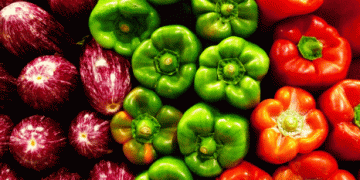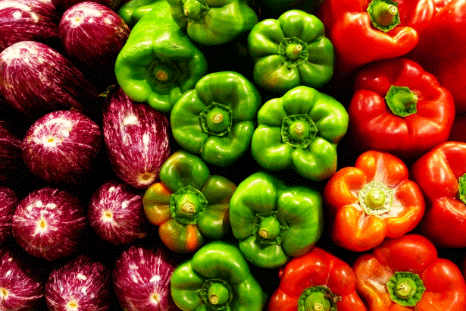In July, Spanish farmers received an average price of €0.42 per kilogram for green peppers. However, consumers were paying an average of €2.58 per kilogram, resulting in an extraordinary 514% markup. This price difference highlights a significant gap in the supply chain, where the price consumers pay is more than six times higher than what farmers receive.
Similarly, red peppers experienced a 309% price increase. Farmers received €0.70 per kilogram, while consumers paid €2.86 per kilogram. Although this markup is lower than that for green peppers, it still illustrates a substantial disparity between farmgate prices and retail costs.
Watermelons showed an even more pronounced difference. Farmers were paid an average of €0.27 per kilogram, while consumers paid €1.12 per kilogram, leading to a 315% increase. Melons also saw significant markup, with a 223% rise from an average farm price of €0.44 per kilogram to a consumer price of €1.42 per kilogram.
Understanding the Causes of Price Discrepancies
- Supply Chain Complexity: The journey from farm to table involves multiple stages, including sorting, packing, transportation, and retailing. Each stage adds costs, and inefficiencies or increased costs at any stage can lead to higher consumer prices.
- Transportation and Logistics Costs: Fresh produce often requires refrigeration and careful handling during transport. Rising fuel prices and logistical challenges can significantly increase these costs, contributing to higher retail prices.
- Market Demand and Supply Fluctuations: Seasonal variations in supply and demand can cause significant price fluctuations. For instance, during peak harvest periods, prices may be lower, but off-season produce can see inflated prices due to scarcity.
- Retail Markup and Distribution Fees: Retailers and distributors play a crucial role in the price setting. High markups and additional fees added by intermediaries can lead to a substantial increase from the farm price to the consumer price.
- Economic Factors: Inflation, labor costs, and currency fluctuations also impact prices. Recent economic conditions, including increased costs for inputs like fertilizers and pesticides, can contribute to higher final prices for consumers.
The Impact on Farmers and Consumers
For farmers, the low prices received for their produce relative to retail prices mean that their earnings are squeezed, affecting their profitability. This disparity often leads to financial strain, especially when faced with rising production costs.
Consumers, on the other hand, face significantly higher prices at the checkout. While this reflects the costs associated with getting fresh produce to market, it also impacts household budgets, particularly for families purchasing these staples regularly.
The striking price markups observed in Spain’s fruit and vegetable markets in July underscore a complex interplay of supply chain issues, economic factors, and market dynamics. While farmers continue to grapple with low farmgate prices, consumers are faced with escalating costs at the retail level. Addressing these disparities requires a comprehensive approach, including improving supply chain efficiencies, reducing transportation and logistics costs, and ensuring fairer pricing mechanisms that better balance the needs of both producers and consumers.
































